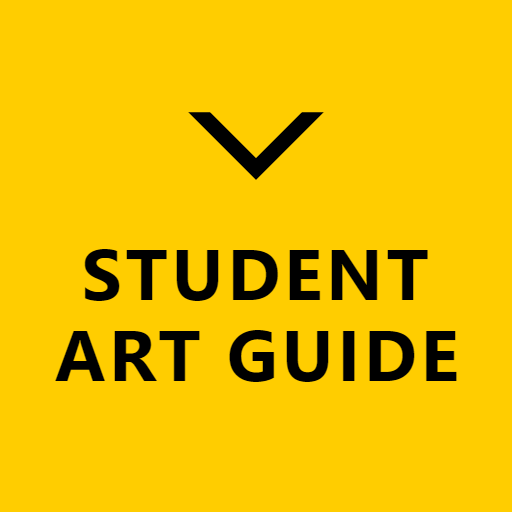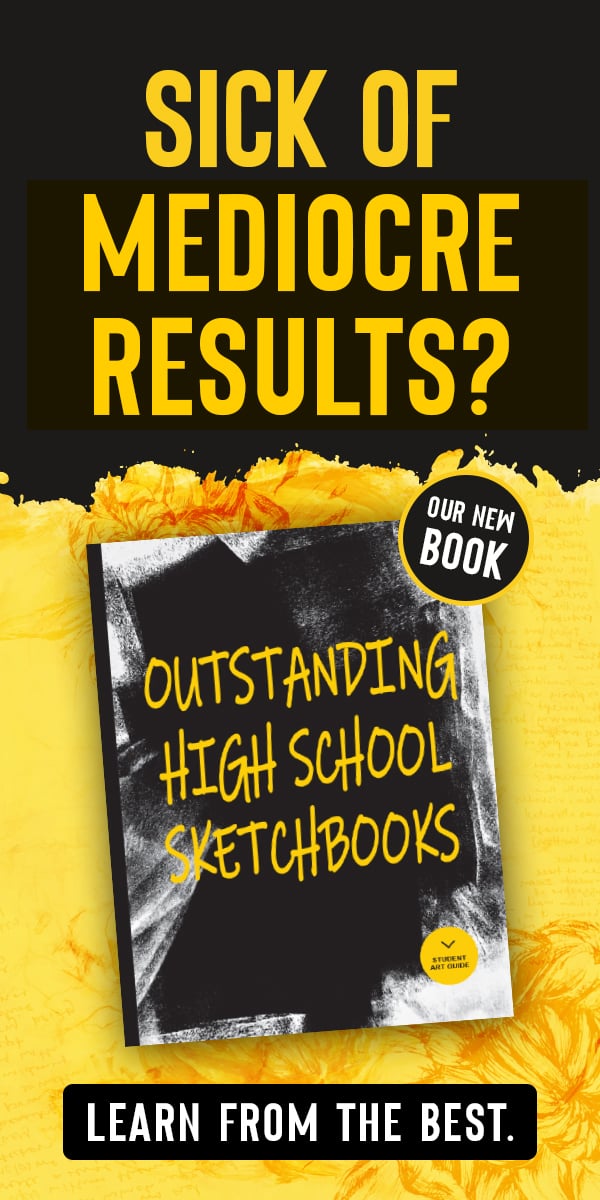Last Updated on April 2, 2023
The production of moving image, short film and animation is an area of Visual Art education that is growing rapidly. In an era when digital technology is changing fast, the sharing of ideas, experiences and approaches is especially valuable. We are happy to publish this article by Katie Blundell, a teacher from Diocesan School for Girls, Auckland, New Zealand. Katie is part of a team who has initiated the teaching of Visual Art digital moving image at her school as part of NCEA Level 1 – a qualification typically taught to Year 11 high school students (15/16 years of age).
In 2012 we launched the NCEA Level 1 Visual Arts Digital Multi Media Programme at Diocesan School for Girls. The aim was to use technology as a creative tool and provide alternative pathways for our students in a rapidly evolving creative industry.
Our school’s purpose statement is “Be more than you ever imagined”. The new programme fits with this philosophy and it was clear right from the start that I would have to leave my teaching comfort zone and take many risks in order to get the programme off the ground. They do say, “If you are not leading change, you are not leading.”
Luckily current teaching pedagogy encourages us to not feel like we have to be the fountain of all knowledge. In order to teach this programme and be truly open to opportunity I suggest you learn to roll with it. Students are incredible. I am also lucky to be surrounded by great colleagues who openly share their ideas and experience. Many minds are always better than one. I have a team approach and believe we are stronger collectively.
I am also an ideas girl. In my classes we always start with the idea, dream big then figure out how to do it. The world is full of knowledge; you just need to learn to access it. Online tutorials can teach you skills and help you problem solve how to make your ideas a reality. I think the trick is to use the technology and not get caught up in it. We always think, discuss and design first then use computers and technical equipment to help make ideas come to life.

Our traditional NCEA Level 1 folio boards are ‘still’, utilising paint and printmaking. The new programme uses the ‘moving digital portfolio’ option recently made available by NZQA (the New Zealand Qualifications Authority) and, for us, leads naturally into photography, design and sculpture.
To enter the programme our students come equipped with a digital SLR with video capability, Photoshop CS6 Extended loaded to their laptop (this has a great new video timeline) and A3 workbooks for research, gathering, drawing and thinking.
Students’ end product, after a year of study, is essentially a movie, 2 minutes in length that showcases the development of their idea in a body of work. This is external assessment AS 90916 (1.4) worth 12 credits.
Final video by Emily Lenz:
To start the year we introduce the theme of ‘movement’. This is a useful starting point and leads well into a moving portfolio. Students brainstorm objects of significance to them that they could make move. This leads them to a Level 2 installation sculpture unit AS 91319 (2.3) which is documented through drawing, sculptures, photography and video. We then do AS 90915 (1.3) where students create a photographic essay based on their ideas and develop this into an animation using the design process.
After finishing the internal assessments we make a timeline/working document on Photoshop CS6 Extended. I have recently come to realise the importance of music in relationship to viewer experience, as it can set the mood and tempo of the work. Students find royalty free music from sites such as Creative Commons. They think and plan how the work they have made would be best seen in the timeline, and then they start adding the work they already have made. They then create work more independently to suit the development of their ideas. It is important to remember to have a sufficient amount of work (eg. 2 minutes) and it should be equivalent to the Level 1 folio boards eg 20-30 pieces of work.
The standard requires that you use a range of media, but I encourage students to use their strengths. For example if they struggle to draw they can take photographs, make sculptures, use video and design on the computer. Every medium has new skills and techniques to master, research and practise. Video work was not traditionally the terrain of Visual Art at school level. Now it is. Basic things like keeping the camera steady, thinking about lighting and letting the objects do the moving can really help.
Final video by Francesca Di Leva:
In the second year of the programme I have no doubt that it is the way forward. It has built to 2 classes. Why? The students love it. As with anything new this approach has not been plain sailing. Clear expectations are often hard to find, when there is not valid exemplars in circulation from NZQA. I would like to thank those people that I have approached and have been happy to share their experience.
We are only beginning our digital journey and have a lot to learn. We have learnt from both our mistakes and our successes and had a lot of fun along the way. Students leave the course with a digital record of their learning and artwork, which can be displayed and seen by people all over the world. Is this exciting? Yes it is!
New Zealanders have always been seen as leaders of innovation, there is no reason why this should not come from a classroom.

